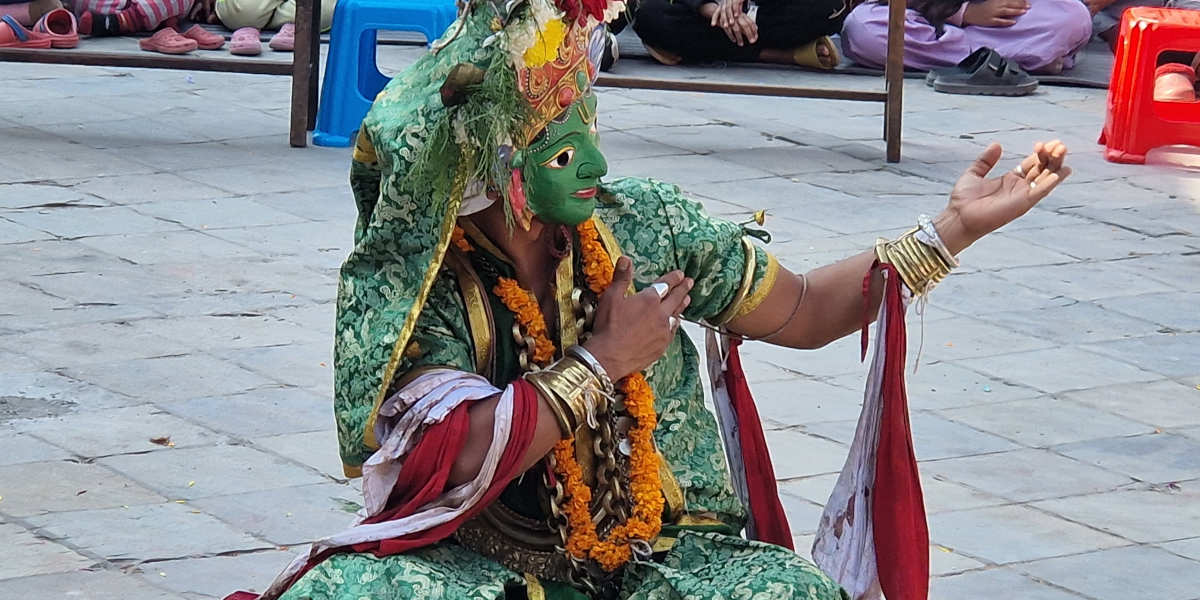by SUNIL PANT

The language, symbols and identities of Pride are exported globally – and trapped in limited Western ideals. For true liberation, we must look to Indigenous and Asian cultures, argues Sunil Pant
Every June, rainbow flags bloom like seasonal flowers. ‘Pride Month’ marks the anniversary of the 1969 Stonewall Uprising in New York City but now arrives with sponsored parades, social media campaigns, and institutional performances of allyship around the globe. An important moment of US community resistance has been elevated into the defining myth of global LGBTQIA+ liberation. It is not a good fit.
In Nepal – as in India, Mexico, Samoa, or Indonesia – our expressions of queerness and liberation did not begin in 1969. Centuries ago, laws imposed by colonial forces criminalised our same-sex relationships, multiple gender identities and varied family structures. After the British boots came American evangelism. Now, INGO, UN, foundation and corporate donor funding are locked into a Western script that continues to erase and restrict diverse identities and forms of resistance.
US and European organisations tell us what liberation should look like, what flags to carry, when to celebrate (even when June brings heatwaves and monsoons), and how to define ourselves – while ignoring local queer traditions, rituals, and festivals. This is not global solidarity. It is soft colonialism.
That tragedy is not only ours to bear. By flattening global queer expression into one Western script, queer people in the global north close their minds to older, more fluid and more inclusive ways of thinking about gender and sexuality.
Where do hijra, kothi, fa’afafine, muxe, bissu, or ashtime fit into ‘LGBTQIA+’? These are not sub-identities or exotic footnotes captured under English terms with a ‘+’ or a ‘*’. They are sovereign gender categories with spiritual and social depth. For those able to think beyond borders and binaries, they can be a pathway to more liberated futures.
Understanding gender
In many Indigenous and Asian cultures – including ancient Nepalese, South Asian, Native American, Polynesian, and Buddhist traditions – gender is not a fixed, exclusive identity. It is a journey: a natural unfolding or relational reality rooted in body, mind, spirit, and community.
In matriarchal times, before European-Christian impositions, Nepalese cultures recognised (at least) six or seven genders, including singaru, meti, maruni, vipurushika, nastri, kinnar, and kinnari. Buddhist texts mention five. Dhami and Jhankris spiritual healers were traditionally gender-diverse – neither man nor woman; neither ‘cis’ nor ‘trans’.
Gender variance is embedded in our sacred art and temple carvings. During Ropain Jatra, the rice-planting festival, men dress as women; at Rateuli, a women-only celebration of marriage, some women dress as men. At the Gaijatra festival, celebrated for centuries, gender and sexual minorities still use satire to speak truth to power.
Red Pepper for more
